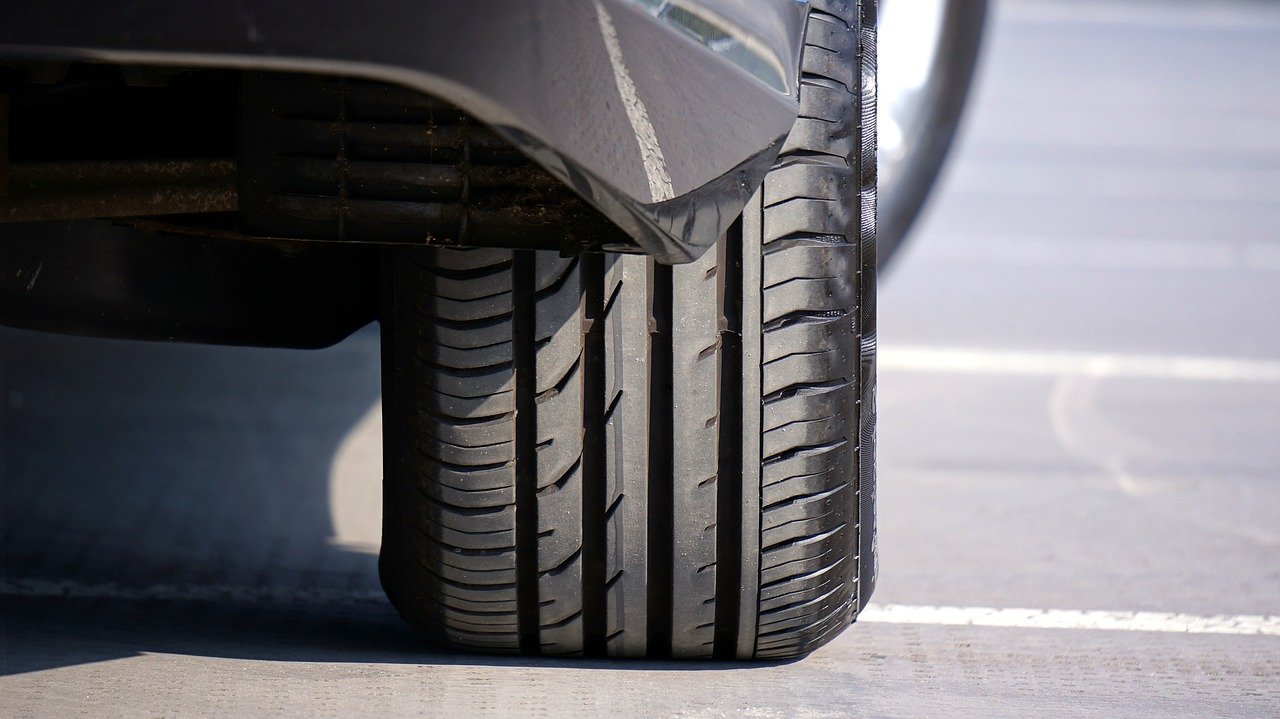The Differences in Car Tires
Good tires aren’t about how well they perform but are instead all about safety. Tires are much more than rubber rings full of air. They are complicated pieces of engineering that come in a variety of shapes and sizes, intended to solve a variety of problems. While the fundamental purpose of tires is assumed to be straightforward in terms of bearing the vehicle’s weight, conveying traction and braking force to the road surface, there is much more to tires than this. If you want to know the differences and functions of great tires, then let us continue below.
Performance
Performance tires are created to enhance the handling and stability of sports cars and other vehicles, specifically in wet and dry weather. They are essential in providing the thrilling driving experience that sporting drivers want. Unique tread designs, manufacturing characteristics, and rubber compounds are used in performance tires to improve precision, responsiveness, and durability. Many vehicle repair shops do this, such as Canada Custom Autoworks, which does tire repair in Spruce Grove, among other areas. Performance tires are different from other types because increasing the work of their grip enables them to stay safe in all types of weather.
Winter
Winter tires give better control on snow-covered and icy roads and wet roads in cold weather. Deeper blocks in the tread pattern dig into snow and ice to provide better grip. There are two types of winter tires: studded and non-studded. Studded winter tires are designed to provide the highest level of traction on slippery roads. Non-studded winter tires are made to enhance excellent traction in winter weather, as well as acceptable ice grip. Winter tires, on the other hand, should not be utilized in the summer. Because the compound is far too soft for dry asphalt, it will wear out much more quickly. Furthermore, higher lateral acceleration will result in increased fuel consumption and road noise. Winter tires are commonly used in the winter season only.
Summer
Summer tires are designed to function in both wet and dry weather but are commonly used during the summer season. They aren’t intended to provide all-season traction. They’re designed for hot temperatures as well as provide grip and responsive handling in both wet and dry weather. Solid contact patches, sufficient circumferential grooves for hydroplaning resistance, and little to no sipping are common traits of summer tires. In hotter climates, they’re great for high-performance automobiles. Summer tires, however, are inappropriate for winter driving, unlike other tires) due to their distinct rubber compound and simple tread shape. As an outcome, through the dry summer months, the car has improved traction and braking.
Highway
Highway tires are made to accommodate the greater loads of a truck or SUV and have all-season tread patterns. They’ve been designed to be quite comfortable on the road. The majority of highway tires contain long-lasting compounds and tread designs that resist uneven wear and provide lengthy tread life. Siping is commonly used to determine all-season traction. Highway tires are distinguished from other forms of tires by their unique construction, which is engineered for extra-long mileage, smooth-riding, and comfort.
Competition
Track and competition tires are meant to give the highest level of performance, identical to street performance tires. For everyday driving, track and competition tires are rarely used. They’re developed for extreme performance and are typically used for amateur or professional track days. In dry conditions, they are designed to maintain continual road contact. They are distinguished from summer tires by the use of high-tech body and sidewall reinforcements such as thermoplastic or aramid.
Conclusion
When it comes to car tires, most people have the same beliefs, but in reality, different types of automobile tires are built based on their function and are classified accordingly. Tires are one of the most important components of a vehicle. Performance and tire cost on the market aren’t important considerations; rather, it is safety that should be prioritized. The ability to recognize the many types of tires and determine which one would perform the best for you is a common goal to achieve. People should be aware of which tire is best for their vehicle to avoid road accidents.

